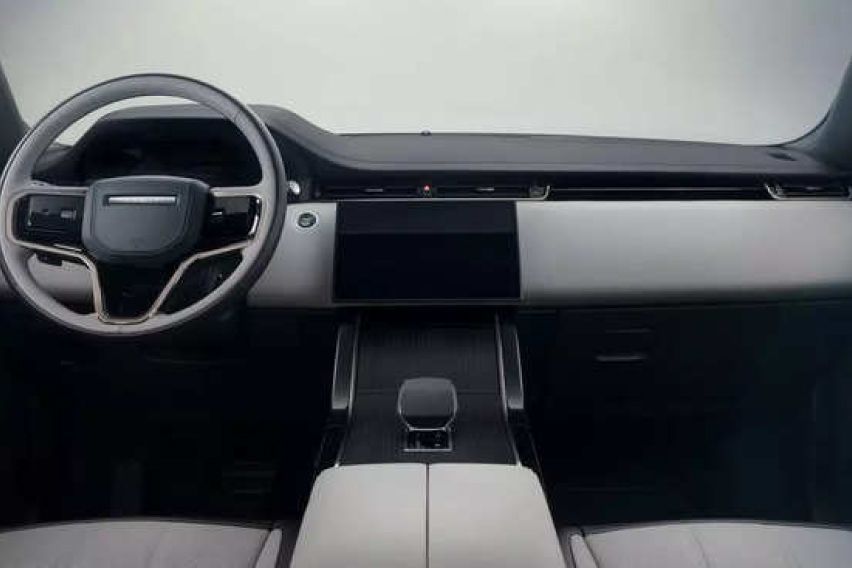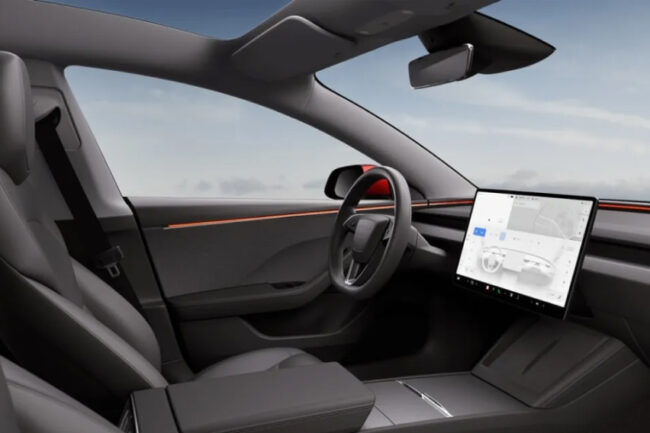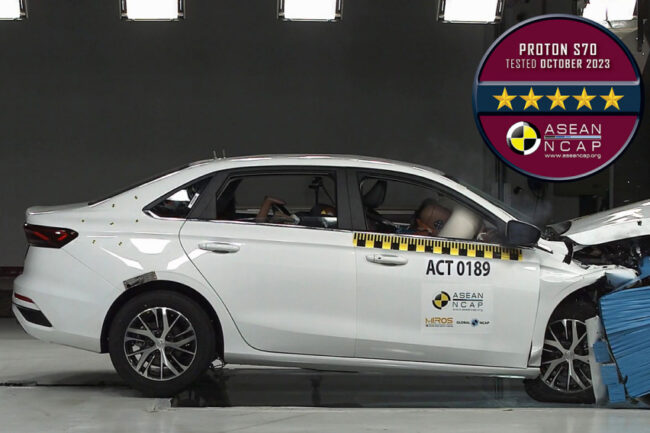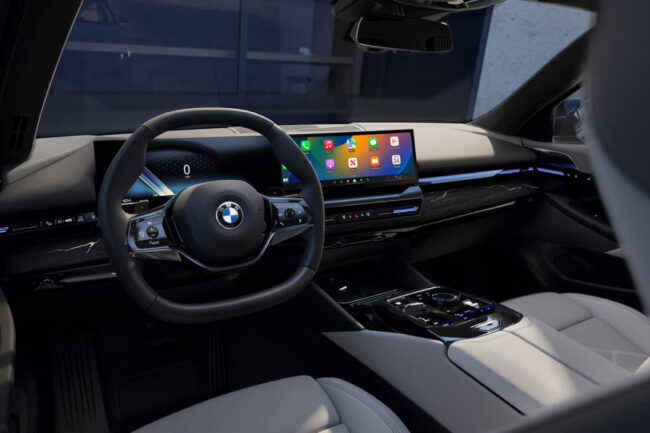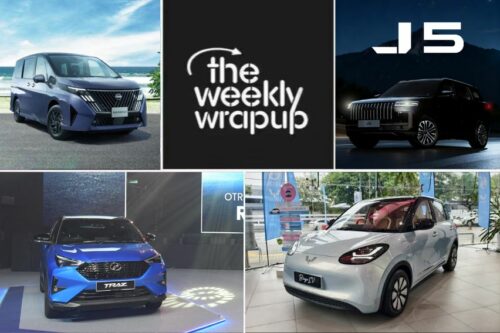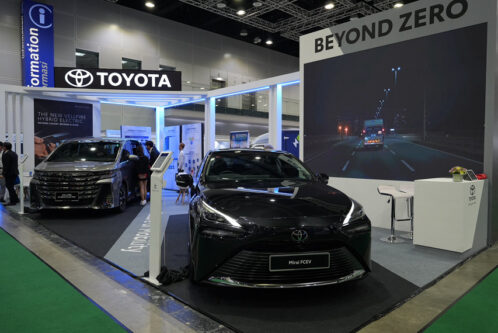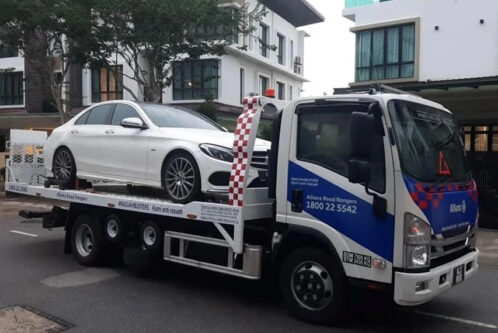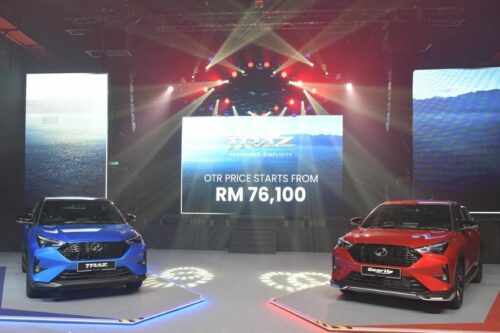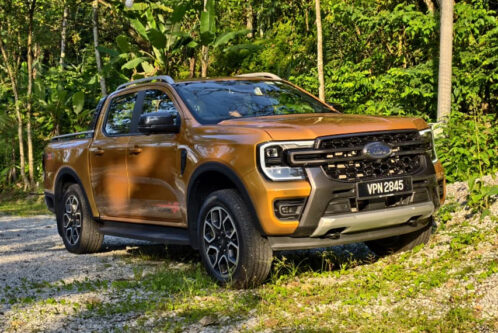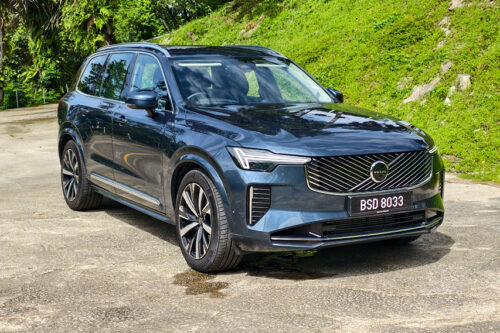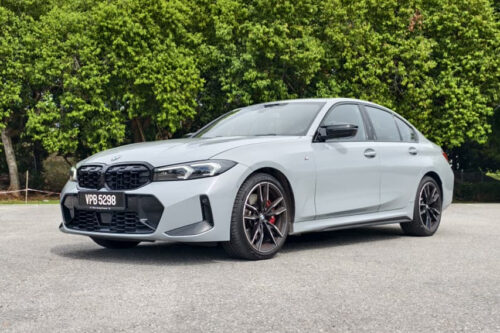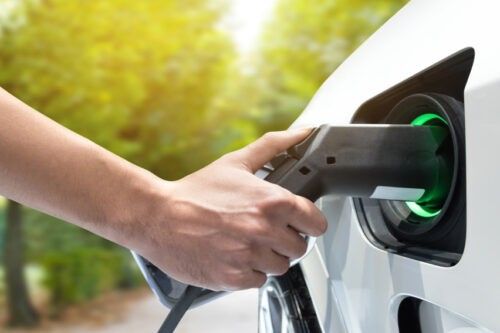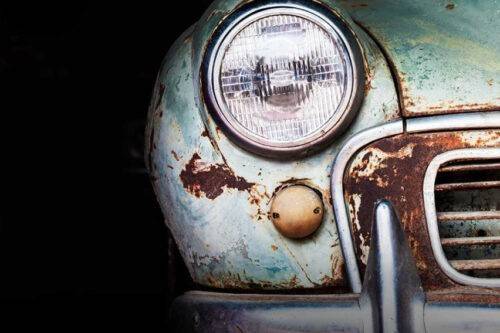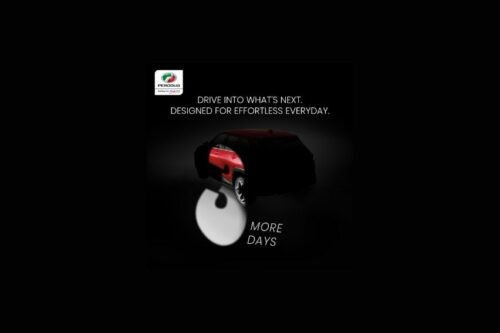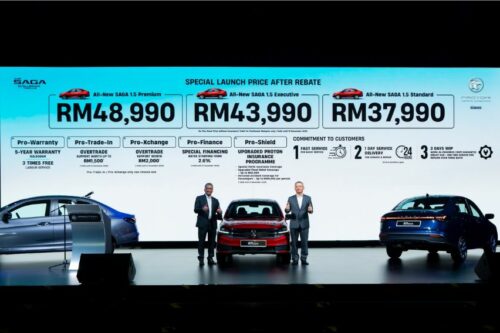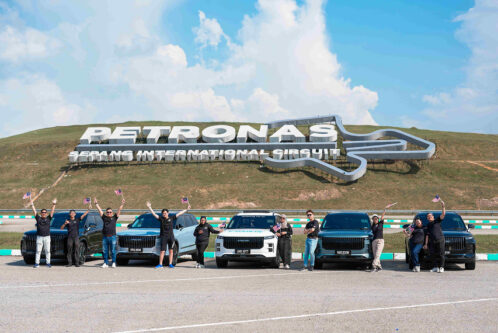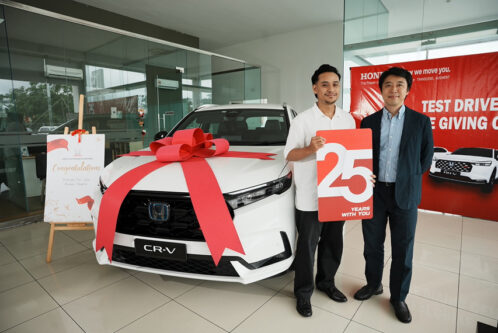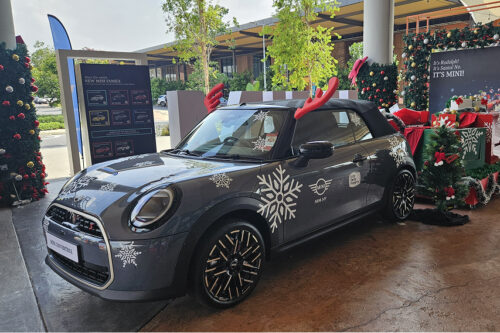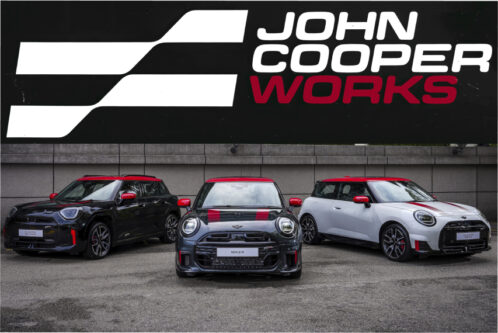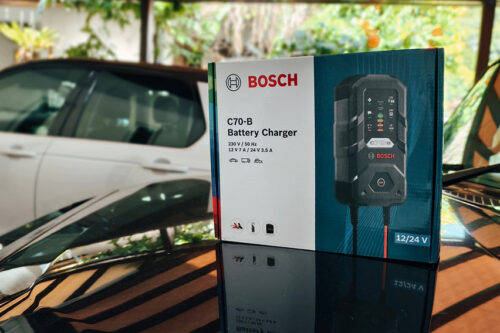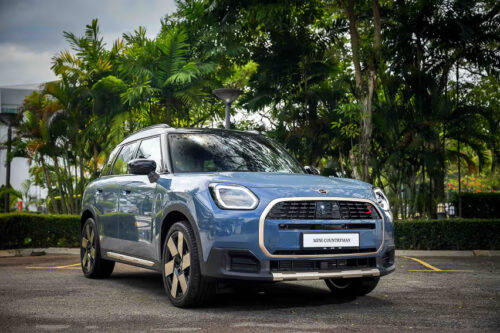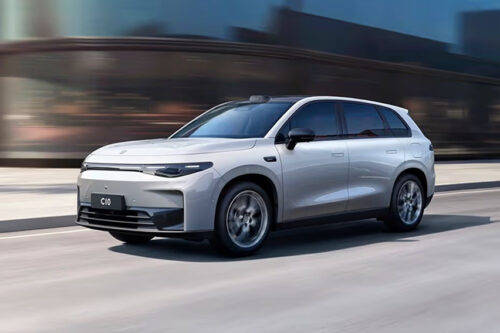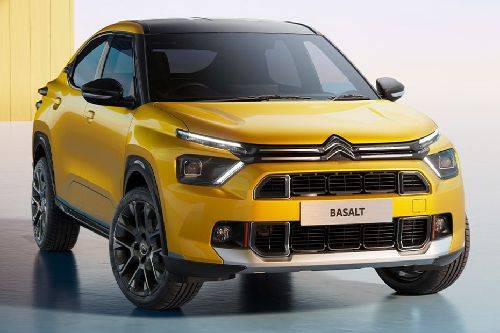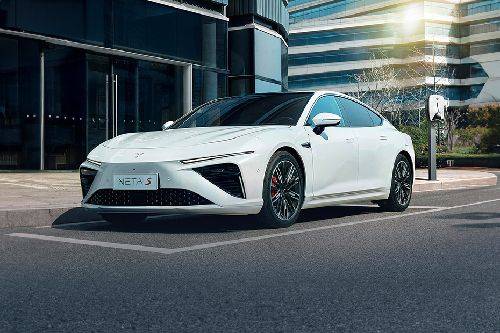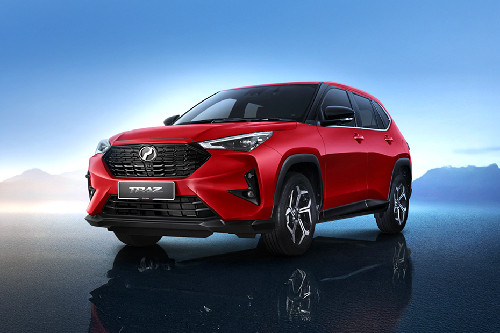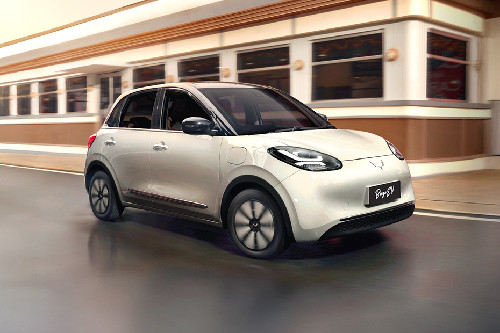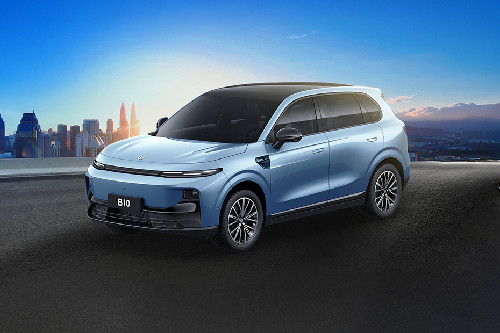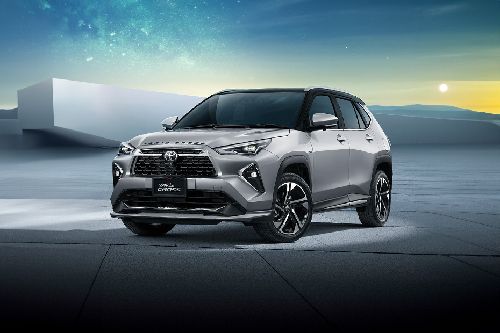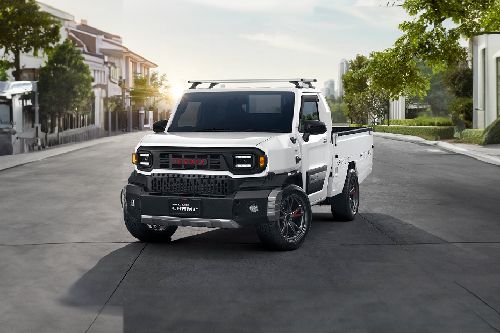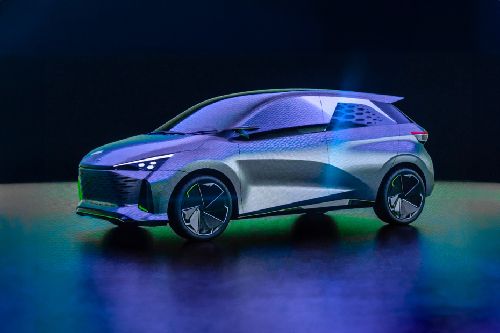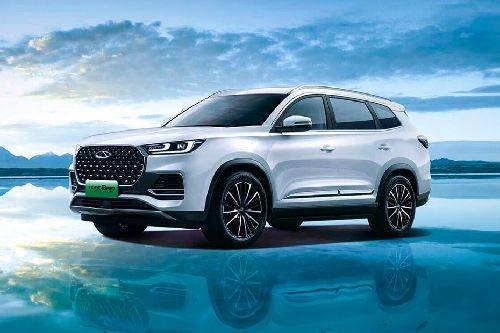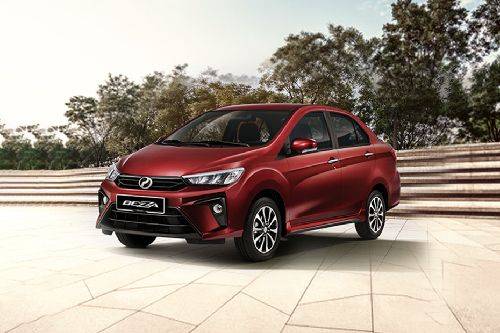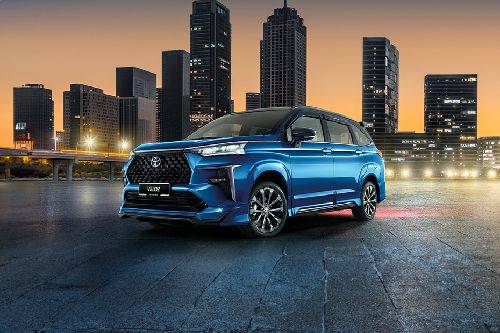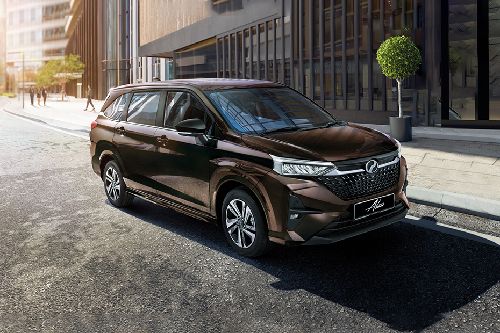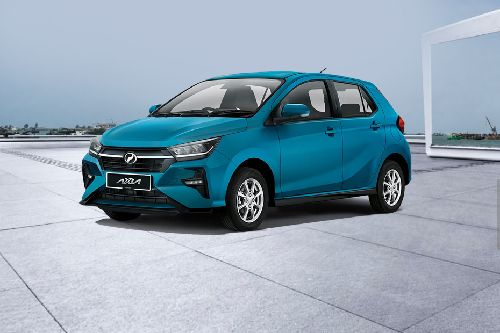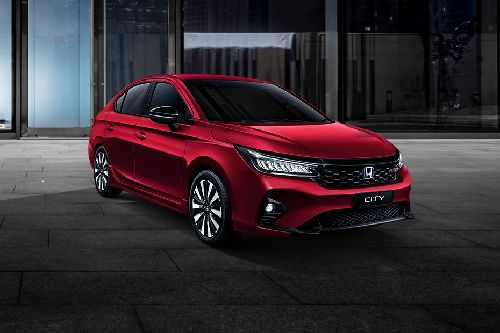While some manufacturers have heavily leaned towards touchscreen-dominated interiors, others like Hyundai and Toyota continue to incorporate conventional controls. Lexus,Proton, Land Rover for instance, has sought a middle ground by introducing physical switches and dials that either work together with the touch screen or integrated into their customizable screens, allowing for both traditional interaction and modern adjustability.

Euro NCAP's move is rooted in safety concerns, as reliance on touchscreens necessitates drivers to divert their gaze from the road to navigate through digital menus, thereby increasing the risk of distraction-induced accidents.
According to motor1.com. Matthew Avery, Euro NCAP's director of strategic development, has highlighted the industry-wide issue of touchscreen overuse and the resultant driver distraction. The upcoming regulations aim to encourage automakers to design vehicles that minimize 'eyes-off-road' time by ensuring that basic vehicle functions can be operated via intuitive physical controls.
Despite Euro NCAP's influence, it's crucial to note that as an independent entity, it does not possess the authority to mandate these design changes. The decision to reintegrate traditional controls ultimately rests with the manufacturers and, by extension, regulatory directives from entities like the European Union. However, the prospect of achieving a maximum five-star safety rating is expected to motivate automakers to align their vehicle designs with the new criteria.

The broader implications of these changes for global markets remain to be seen. It's conceivable that adjustments made to vehicles for the European market and everywhere else could carry over to models sold in other regions, avoiding the complexity and cost of maintaining distinct interior designs across markets.
Motor1.com also said BMW CEO Oliver Zipse has even suggested that the trend towards large screens could be phased out within a decade due to regulatory interventions, emphasizing the importance of maintaining driver focus on the road.
This shift towards enhancing vehicular safety through the reintroduction of physical controls represents a significant development in automotive design philosophy, balancing modern technological advancements with the imperative of driver safety.
New Car Assessment Programs (NCAP) are critical, voluntary safety assessment systems evaluating automobile designs beyond the minimum legal safety standards. Originating in the United States in 1979 and later expanded by Euro NCAP in 1996, these programs focus on enhancing vehicle safety through comprehensive testing, including crash survival and avoidance capabilities.

Automakers highly regard NCAP ratings due to their significant impact on consumer purchasing decisions and often aim for high scores to leverage them in marketing their vehicles as safer options.
ASEAN NCAP was established in 2011 by the Malaysian Institute of Road Safety Research and Global New Car Assessment Program. It assesses automobile safety in Southeast Asia, influencing Malaysia significantly by mandating safety labels showing ASEAN NCAP ratings on all display vehicles since March 2020. This initiative emphasizes vehicle safety in the Malaysian market, ensuring consumers are informed about the safety features of the cars they intend to purchase.
